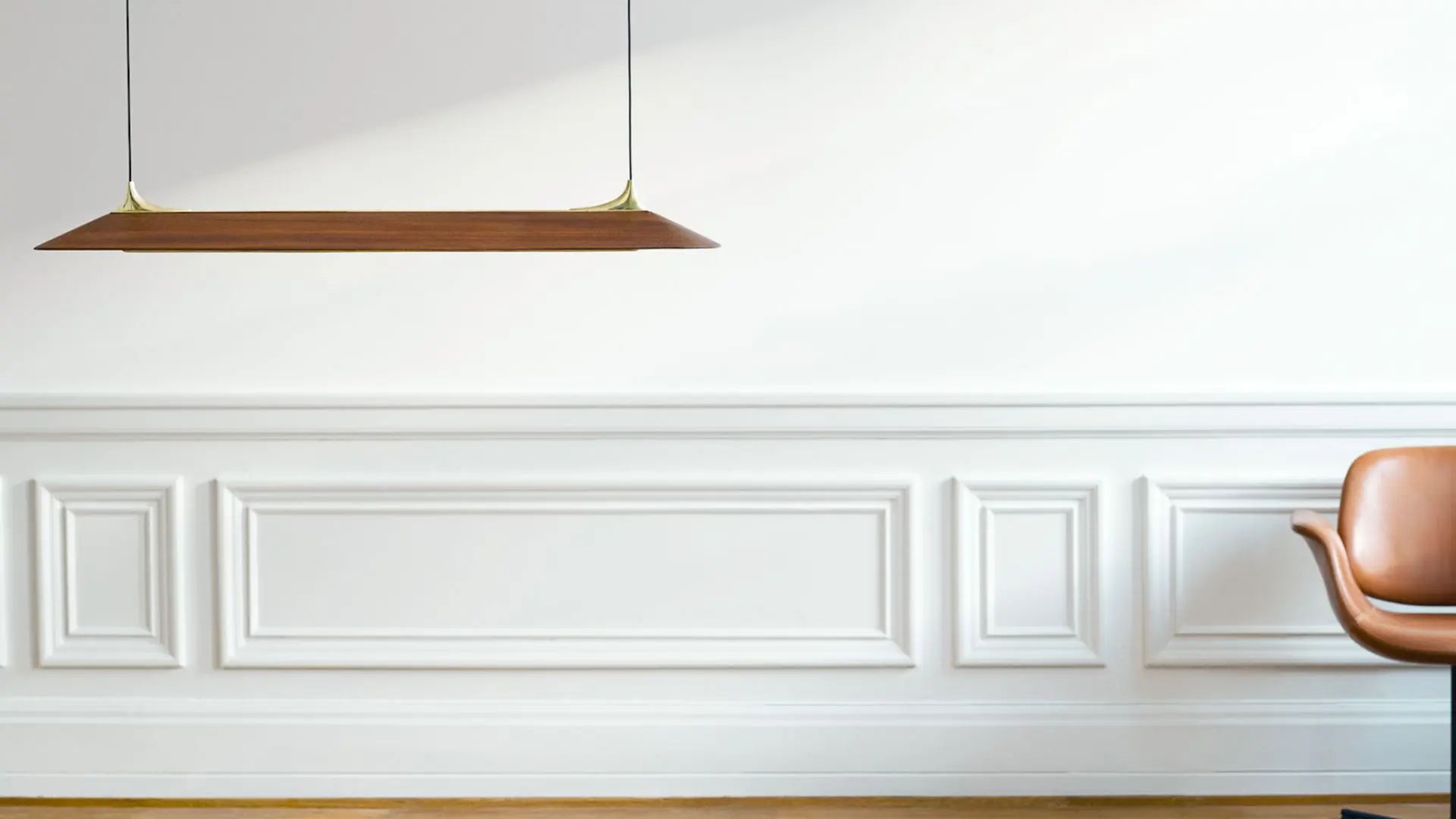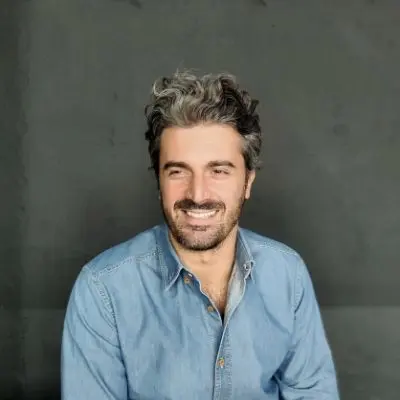3 Days of Design is what we were looking for: here are our highlights
3 Days of Design was held in Copenhagen from 15 to 18 June. We were there and walked, biked, took a boat, to discover the best design projects in the city.

A moment after Milan Design Week ended, we took a flight to Copenhagen, to join 3 Days of Design, a festival where design lovers meet to see, network and experience design in this vibrant city.
We know the value of Danish design, the ability of its designers and, at the same time, the vocation of ‘ordinary’ people towards beauty and aesthetics.
Walking around the city center, but not only, reveals showrooms and creativity on practically every corner.
Surrounded by a fascinating architecture, it is easy to find yourself in shops and spaces that celebrate Design in a visceral way.
A recognizable style, the Nordic one, which in part reconfirms itself and in some cases leaves room for contamination.
A common innovative factor, however, is the great attention to sustainability issues.
Nowadays, we know, it is easy to do ‘green washing’ communications, but it is commendable instead to see how here, in Denmark, it is a challenge accepted and concretized by the industry professionals.
Thanks to the perfect organization behind 3 Days of Design – we joined the international press tour and did some extra stops by ourselves, within the event map – we had the chance to visit and meet several designers and brands.
Below, a list of projects that impressed us the most. And why.
(for more, visit the official website)
Foreningen Maker
Foreningen Maker is a collective of 19 different designers, located in the heart of Copenhagen, showcasing how a strong community, the right facilities, and a series of skilled entrepreneurs can challenge sustainable product development.
Exhibited projects: Studio 21st, Zsuzsanna Horvath, Louis Rose, NordicGrow, Helium Living, Canairi, Plastic Projects, Dragos-Gabriel, Henke Benk, Henry Glogau, EMSO design, André Maia, Stofskifte, Münzberg Design, LiliLamps, ninetyoneninetytwo, Manyone, UVision.
What we loved: technology and traditional craftsmanship come together to experiment with materials, design and processes, with a focus on sustainability. A ‘safe’ and stimulating network, made by designers and startups, to foster innovation.

Lifestyle & Design cluster
A real example of an applied vision linked to the world of sustainability, promoted and supported at an institutional level.
The Nationale cluster, Lifestyle & Design Cluster works to promote innovation and sustainable growth primarily in the small and medium-sized housing and clothing companies as well as in the creative industries.
During the exhibition Circular Furniture Days, which toke place during 3 Days of Design, designers were based on their engagement in circular economy and sustainability.
What we loved: an analytical and traced approach to sustainability, flanked by a booklet in which each brand exhibited was measured on its contribution in several areas. In this way, it was easy to understand where, how and why the projects seen were relevant in terms of environmental impact.

Mernøe
A very young brand, a family-based lighting company established in 2021. Mernøe is run by designer and engineer, Morten Mernøe, and his two sons.
Their lighting and all components are designed and produced entirely in Copenhagen, combining traditional materials with engineering and modern technology.
What we loved: the familiar approach to business (managed by the father and his 2 sons), the attention to details – an elegant and well-built product – and the ability to carve out a market niche in a very competitive scenario.


DCWéditions
Seen in the basement of Frederiksgade 1, the French editor DCWéditions has definitely been the best highlight of our tour. A brilliant lighting brand able to conceive, in collaboration with very innovative designers, products that literally surprise you.
Timeless lamps that are in permanent dialogue with each other.
Part of the family of DCWÉditions are objects designed by Bernard-Albin Gras, Bernard Shottlander, Yuji Okitsu, Vantot, Grégoire de Lafforest, Bertrand Balas, Eric de Dormael among others.
What we loved: the ability to work with multiple design studios while keeping the final effect of the products common in every creation, capable of intriguing and exciting, as well as providing an interactive experience to the user.

House of Finn Juhl
House of Finn Juhl brand belongs to Onecollection, which was founded in 1990 by Ivan Hansen and Hans Henrik Sørensen.
The collection consists of consists of more than 50 classic pieces and the Whisky Chair is one of them. It was designed by Finn Juhl in 1948 and is characterized by the designer’s artistic sense of shape, function, and detail.
“The Whisky Chair is not only extravagant, it is also playfully provocative – perhaps even borderline politically incorrect. The right armrest unfolds organically towards the end, making way for a handmade half-moon shaped brass tray.“
What we loved: Design means expressing aesthetics and functionality at the same time. This piece is perfectly designed for its end user, in the form, materials, and in the strong personality it transmits. It’s great to see powerful ideas back to the market.


Umage
UMAGE is a Danish word meaning ‘making an effort’. And, based on our visit, we must say that they are doing it.
The company aims to combine beautiful Danish design with affordability, high-quality materials and a genuine sustainable approach, proactively working on a smart design, choice of materials, production process and packaging, to optimize the logistic too.
Is it enough? Well, we think so.
Among the different products seen and appreciated, we mention here the Orbit portable, wireless lamp, inspired by the Moon’s rotation around the Earth.
Orbit is constructed in milky white plastic with refined brass details, and has 3 different modes. The battery lasts for up to 20 hours, and you can easily recharge the lamp by putting it on top of the included Unifier wireless charger or the included charging cable.
What we loved: beautiful, useful and accessible, which is what design should be if you really want to democratize it.


PLEASE WAIT to be SEATED
At first, it might not sound as a brand, but when you visit the showroom, it starts to get a ‘shape’. PLEASE WAIT to be SEATED was one of our first stops at 3 Days of Design.
It was founded in 2014 by former interior photographer Thomas Ibsen and, in 2016, Peter Mahler Sørensen joined the company as CEO and co-owner.
The idea of PLEASE WAIT to be SEATED is to introduce designs which have the potential of becoming classics.
During our visit, we enjoyed the archival designs by Faye Toogood and a preview of her latest project with the company: the Tubby Tube linear pendant, a sleek and interactive lighting piece, which will be hopefully on the market the next December.
What we loved: the essence of the brand is present in each piece and the tubular element is repeated in several products, from chairs to lights. Inspired by Japanese design, the shapes are simple and well thought out.

Fritz Hansen
Founded in Denmark in 1872, Fritz Hansen is a global leader in furniture, lighting, accessory design and production.
At 3 Days of Design, the company celebrated its 150th anniversary with an exclusive exhibition: realized in collaboration with the renowned architecture firm Henning Larse, they built the beautiful Fritz Hansen Pavilion inside the Designmuseum Denmark.
What we loved: the space is more than a mere exhibition venue, but will be used as a platform for workshops, school lectures and talks throughout the summer. In September, all materials used in building the Pavilion will be re-used later in the reconstruction of the Fritz Hansen HQ.


3 Days of Design: conclusions
An event full of exhibitions, innovations and ideas for other design events around the world.
3 days of design is confirmed as a must visit if you want to keep up with Scandinavian trends, but, above all, if you want to learn some of the best practices related to sustainable design, on a large scale.
We have seen many lighting projects, perhaps the most characterizing element among the exhibition we joined.
Similarly, various environmental practices are carried out both by young and experimental designers and by the most famous Danish design brands, and this is a trend that we liked very much.












